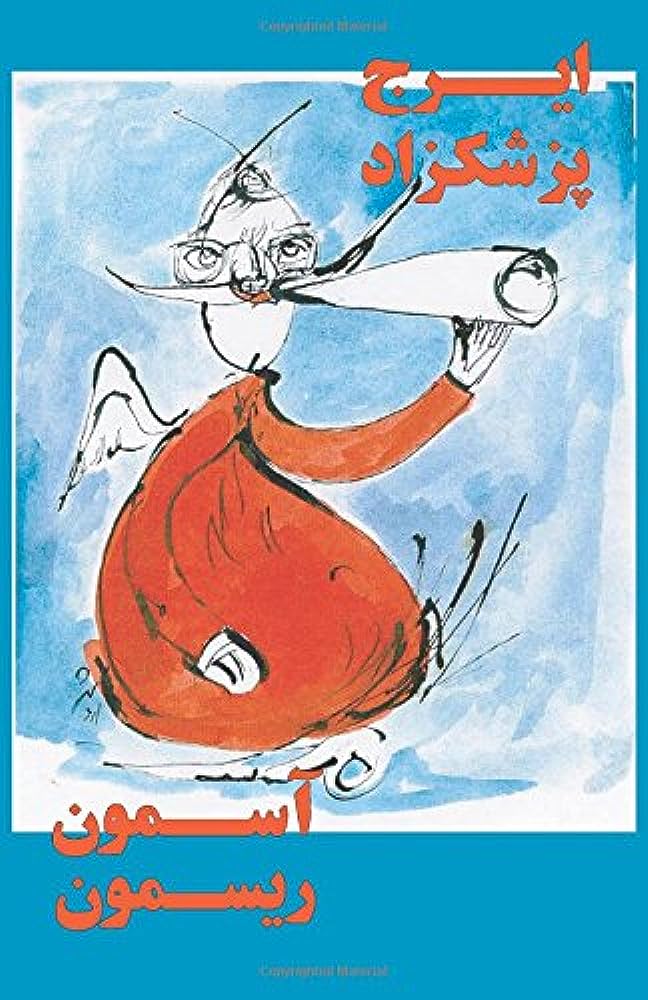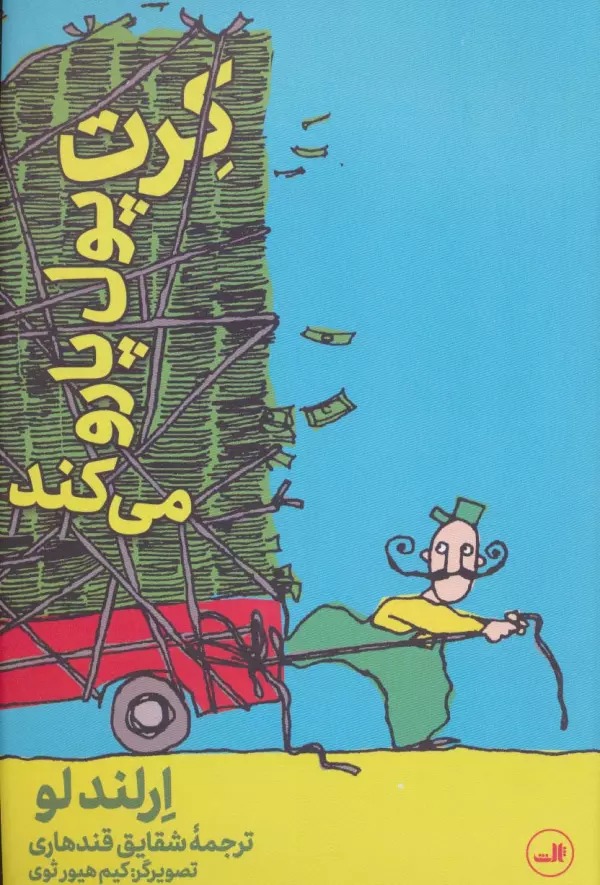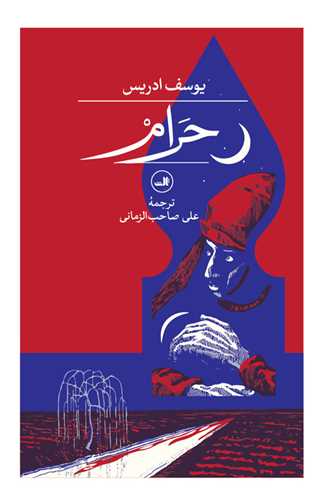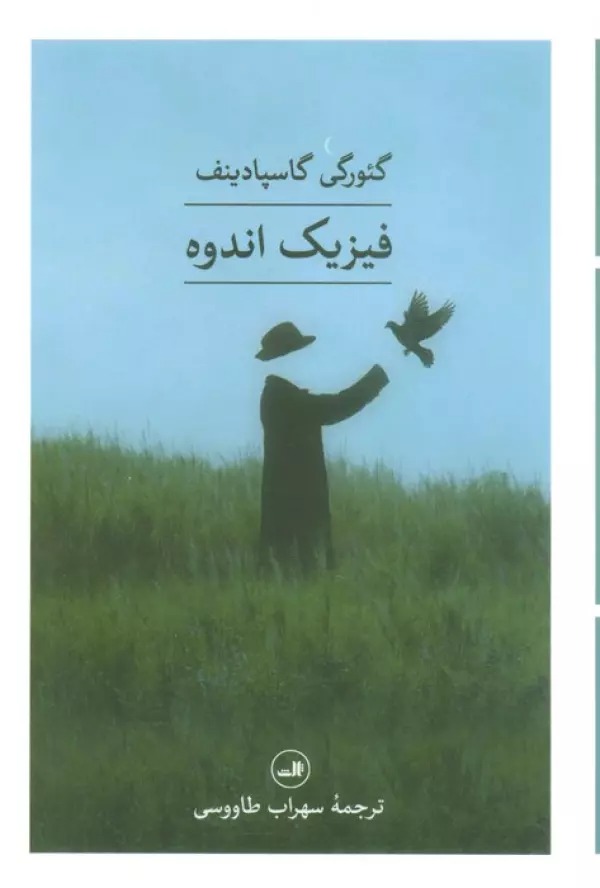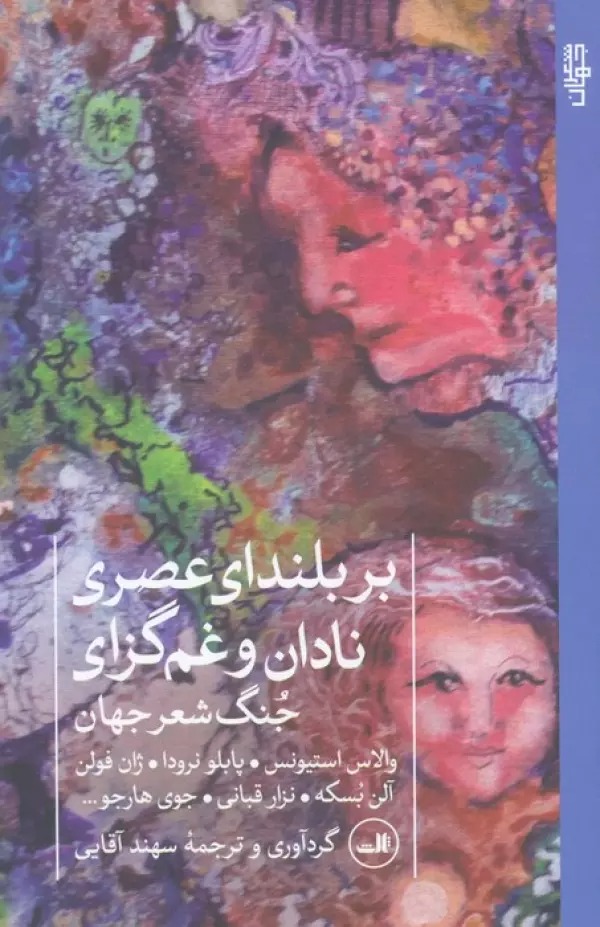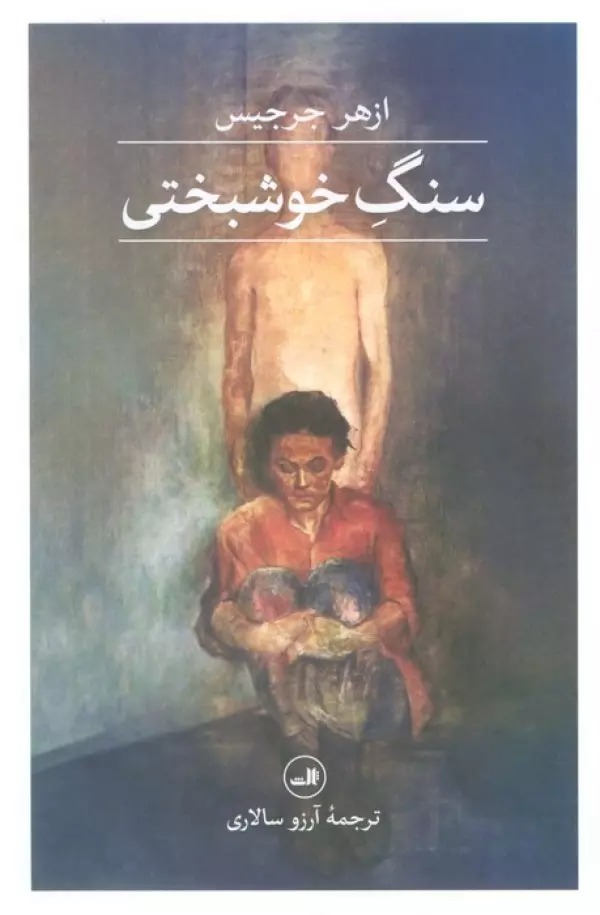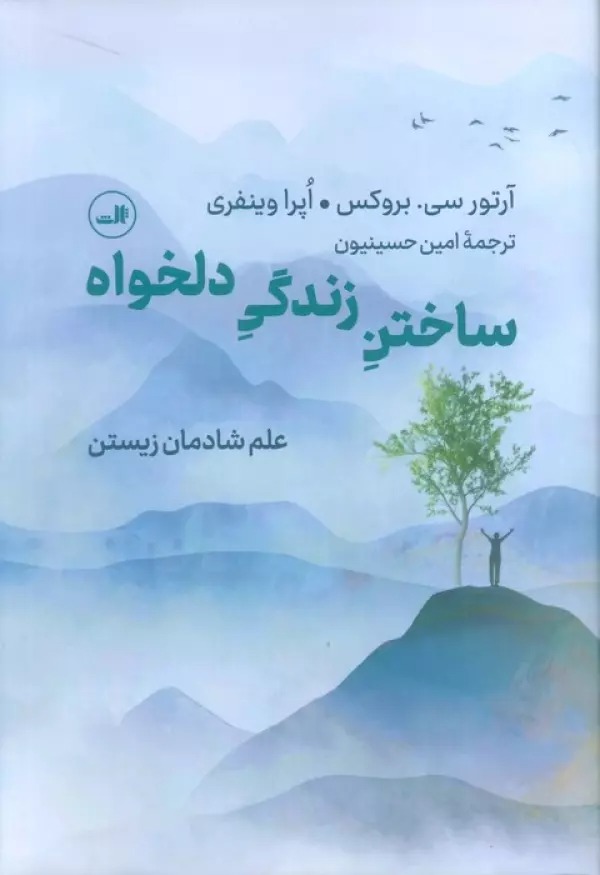Alamūt: Ḥasan Ṣabbāḥ; Pir-i Kūhistān: Persian 1402
الموت: حسن صباح؛ پیر کوهستان
26.05 $
Share
Wishlist
Original Title:
Almout
ISBN:
9789646404496
Translator:
Muḥammad Riz̤ā Mubāshir
Publisher:
sālis
Age Group:
Adult
Pages:
630
Weight:
800 g
Dimensions:
14 x 21 x 6.5 cm
Book Cover:
Hard Cover
The story of Al-Mut is set in 11th-century Iran, in the fortress of Alamut, where the self-proclaimed prophet Hassan ibn Sabah is plotting his own dangerous but brilliant plan to rule the region with a handful of elite fighters who are to become his “living daggers.” By creating a virtual paradise in Alamut, filled with beautiful women, lush gardens, wine, and hashish, Sabah is able to convince his young fighters that if they follow his orders, they can reach heaven. Paralleling Osama bin Laden, Alamut tells the story of how Sabah was able to instill fear in the ruling class by creating a small army of devotees willing to kill and be killed in order to reach heaven. Believing in the great Ismaili motto “Nothing is right, everything is permitted,” Sabah wanted to “test” how far he could manipulate religious worship for his own political gain by appealing to what he considered the people’s stupidity, tolerance, and passion. For his own selfish pleasures and desires.
Alamut was originally written in 1938 as an allegory for Mussolini's fascist government. It became popular in the 1960s and in the 1990s, during the Balkan Wars, it was read as an allegory for the conflicts in the region, and became a bestseller in Germany, France and Spain. In the wake of the September 11, 2001 attacks, the book found new life again, selling over 20,000 copies in Slovenia and being translated into more than 19 languages worldwide.
more
داستان کتاب «الموت» در ایران و در قرن یازدهم ، در قلعه الموت اتفاق می افتد ، جایی که پیامبر خودخوانده حسن بن صباح در حال تنظیم نقشه ای پر خطر اما درخشان خود برای اداره منطقه با تعداد انگشت شماری از مبارزان نخبه است که قرار است "خنجرهای زنده" وی شوند. صباح با ایجاد یک بهشت مجازی در الموت ، مملو از زنان زیبا ، باغ های سرسبز ، شراب و حشیش می تواند مبارزان جوان خود را متقاعد کند که اگر از دستورات او پیروی کنند، می توانند به بهشت برسند. الموت موازی با اسامه بن لادن ، داستانی را شرح می دهد که چگونه صباح توانست با ایجاد یک ارتش کوچک از فدائیان که مایل به کشتن و کشته شدن بودند، برای رسیدن به بهشت ترس را به طبقه حاکم القا کنند. صباح با اعتقاد به شعار عالی اسماعیلی "هیچ چیز درست نیست ، همه چیز مجاز است" ، می خواست "آزمایش" کند که تا چه حد می تواند از طریق توسل به آنچه حماقت و تحمل پذیری مردم و اشتیاق آنها است ، عبادت دینی را برای منافع سیاسی خود دستکاری کند. برای لذت و خواسته های خودخواهانه خویش.
الموت در اصل در سال 1938 به عنوان تمثیلی به دولت فاشیست موسولینی نوشته شد. در دهه 1960 میلادی به محبوبیت رسید و در دهه 1990 ، در طول جنگ بالکان ، به عنوان تمثیلی از درگیری های منطقه خوانده شد و در آلمان ، فرانسه و اسپانیا به عنوان یک کتاب پرفروش شناخته شد. در پی حملات 11 سپتامبر 2001 ، این کتاب بار دیگر زندگی جدیدی پیدا کرد و بیش از 20 هزار نسخه در اسلوونی به فروش رساند و در سراسر جهان به بیش از 19 زبان ترجمه شد.
more




